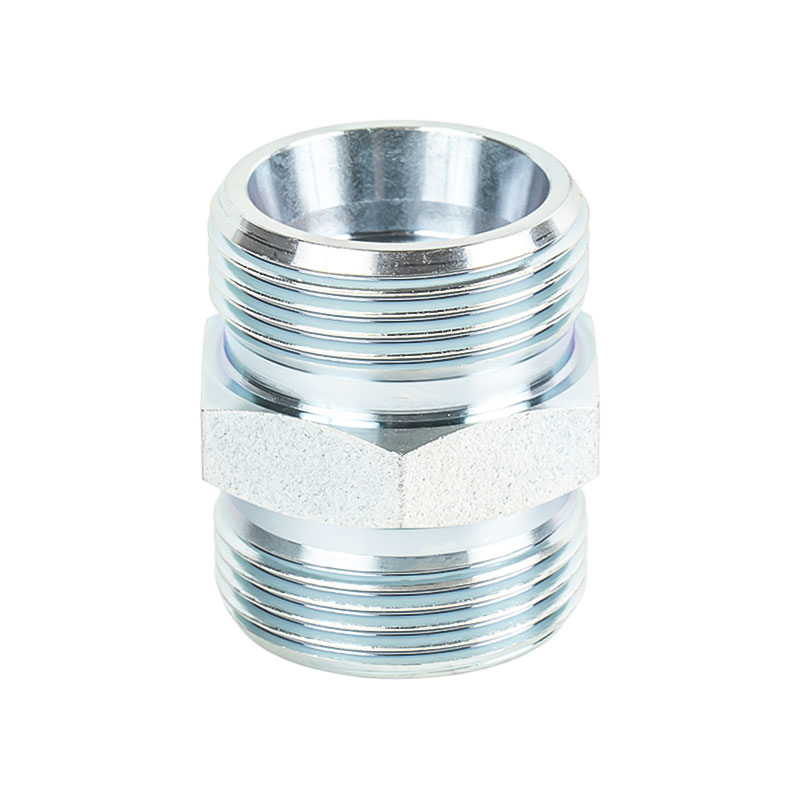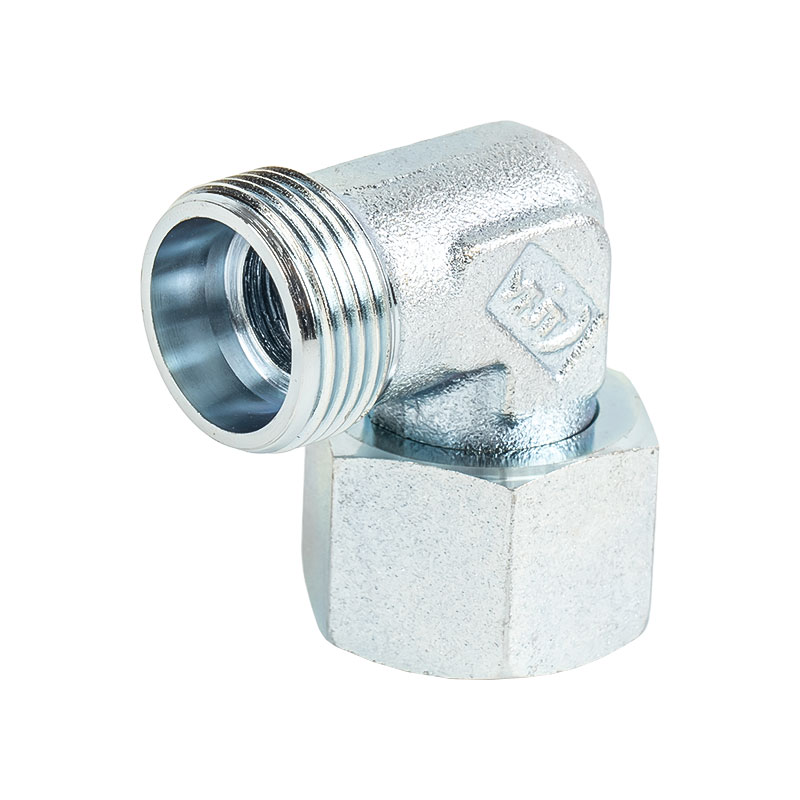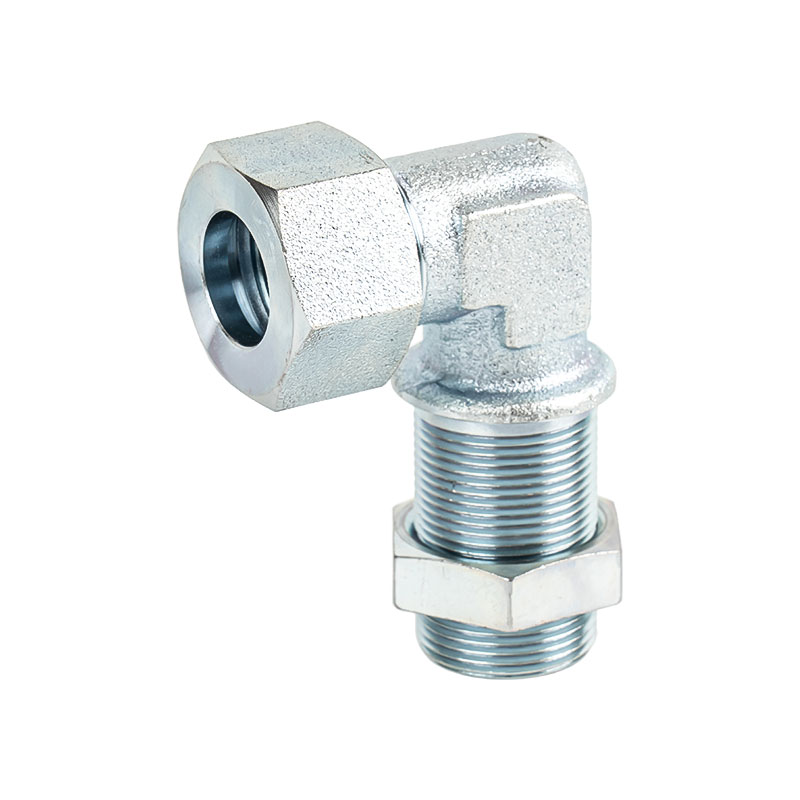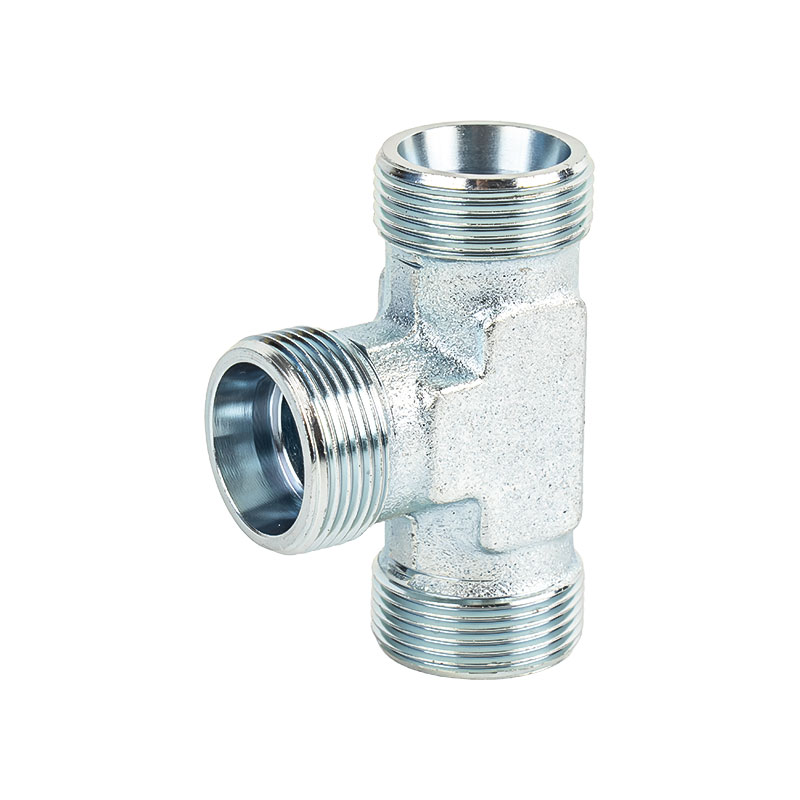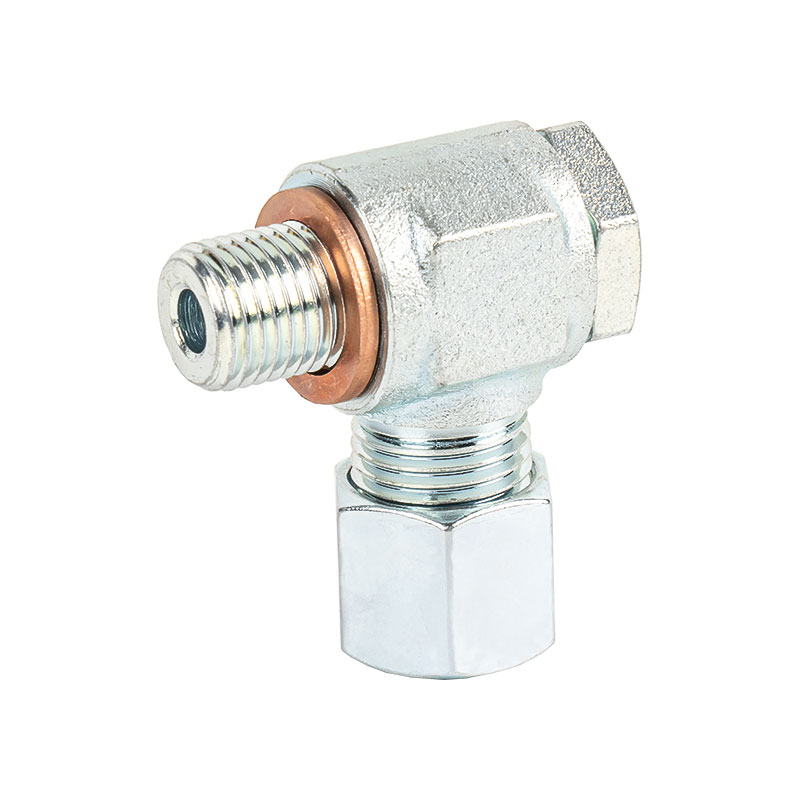Metric hose fittings ensure a leak-proof connection under high-pressure conditions through a combination of precise design, high-quality materials, sealing mechanisms, and proper installation techniques.
Tight Tolerances: Metric hose fittings are manufactured to strict tolerances, ensuring an exact fit between the hose and fitting. This reduces gaps that could lead to leaks.Standardized Threads: Metric fittings use standardized thread designs (e.g., DIN, ISO), ensuring compatibility and consistent performance across different systems.
Surface Finish: Smooth surfaces on sealing areas minimize imperfections that could cause leaks under pressure.O-Rings and Gaskets:Fittings often incorporate elastomeric O-rings or gaskets, which compress to create a seal when tightened.Common materials include NBR, Viton, or EPDM, chosen based on pressure, temperature, and fluid compatibility.
Tapered Threads:Some metric fittings use tapered threads (e.g., BSPT) that naturally tighten as they are screwed in, creating a seal through metal-to-metal contact.Face-Seal Designs:DIN 2353 Fittings: These use a cutting ring that seals against the tube surface for high-pressure hydraulic systems.ISO 8434-1 Fittings: Include a flat face and O-ring for reliable sealing.
Compression Fittings:The compression mechanism uses a ferrule to deform and grip the hose or tube, creating a strong mechanical seal.Flared and Bite-Type Fittings:Flared fittings (e.g., 37° or 45° flares) or bite-type fittings grip the tubing surface to form a secure, leak-proof seal.
Durable Materials:Metric hose fittings are often made from high-strength materials like stainless steel, brass, or carbon steel, which resist deformation under pressure.Materials are chosen to match the fluid type, ensuring chemical compatibility and preventing corrosion that could lead to leaks.Pressure Ratings:Each fitting is rated for a specific pressure range, and using the correct fitting for the pressure level prevents failure.
Crimped Connections:Many metric fittings are crimped onto the hose using specialized tools that apply uniform pressure, ensuring a secure connection without damaging the hose.Barbed Ends with Clamps:For some applications, barbed fittings with clamps provide a simple yet effective seal by gripping the hose tightly.
Thread Sealants:PTFE tape or liquid thread sealants are applied on threads where necessary to enhance sealing.Torque Control:Proper tightening torque ensures a secure fit without overtightening, which could damage the fitting or hose.Regular Inspection:Periodic checks for wear, corrosion, or improper seating prevent leaks before they occur.
Double Ferrule Systems:These fittings use an additional ferrule to improve the sealing surface and enhance resistance to pressure fluctuations.Anti-Vibration Features:Some metric hose fittings incorporate designs to dampen vibrations, preventing loosening or wear at the connection points.
Hydrostatic Testing:Fittings are tested under high-pressure conditions during production to ensure they meet performance specifications.Compliance with Standards:Standards like DIN 3853 or ISO 8434 ensure fittings are designed and manufactured to meet specific leak-proofing requirements.
Metric hose fittings achieve leak-proof connections in high-pressure systems through precision manufacturing, robust sealing mechanisms, appropriate material selection, and adherence to installation best practices. Properly matched and maintained fittings ensure long-lasting and reliable performance even in the most demanding applications.
- Home
- About
- Products
- Adapter Fittings
- Bite Type Tube Fittings
- BSP Fittings
- JIC Fittings
- ORFS Fittings
- Metric Thread Clamp 24° Sealing Sleeve Joint
- British Pipe Thread 60° Internal Cone Sealing Joint
- Japanese British Pipe Thread 60° External Cone Sealing Joint
- American Threaded 74° External Cone Flared Sealing Joint
- American Threaded NPSM Connector
- American Threaded O-Ring Flat Seal Joint
- Metric Thread O-Ring Flat Seal Fittings
- Metric Thread 74° External Cone Flared Sealing Joint
- SAE Mining Quick Connector
- One-Way Valve
- Hose Fittings
- Adapter Fittings
- News
- Contact
Feedback

 中文简体
中文简体